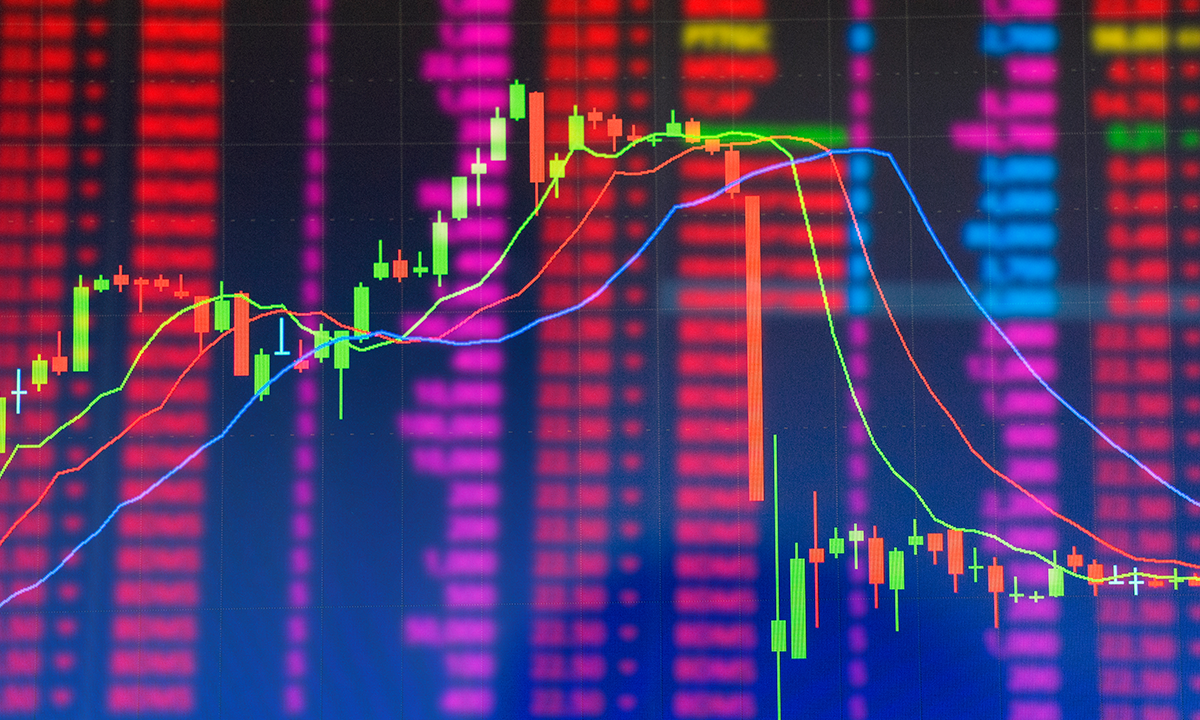Crypto Derivatives Coming to America

The American cryptocurrency industry has set its sights on a new, far more lucrative target than bitcoin: It’s gunning for crypto derivatives.
While they’ve technically been available for a couple of years, they remain tightly restricted and very limited than in the rest of the world. But two of the biggest exchanges, FTX and Coinbase are making a big push to bring the U.S. into the largest part of the global crypto market. And they’re not alone.
Other players come to crypto from the traditional futures side. Cboe — the Chicago Board Options Exchange — bought the first licensed crypto futures exchange, ErisX, earlier this year. CME Group, owner of the Chicago Mercantile Exchange has been at it the longest, since 2019. Bakkt, part of the New York Stock Exchange-owner Intercontinental Exchange (ICE), launched bitcoin futures in December 2021.
The global crypto derivatives market accounts for about 70% of all crypto trading. In July, crypto derivatives were a $3.12 trillion market, while spot crypto trading was about $1.3 trillion, Reuters reported this month. Very little of that come from the U.S.
That looks like it’s going to change and the transformation it could bring to the U.S. crypto market is extraordinary. For one thing, a lot of the political flak directed at spot crypto trading — buying and selling cryptocurrencies like bitcoin directly — is about the need to protect retail investors from a highly volatile and risky market.
The coming of crypto derivatives, with heavy margins available to magnify the size and speed of gains and losses, will turn that up a notch. And remember, it wasn’t that many years ago when some of the top exchanges offered even spot trader margins up to 100x.
Lining Up
Sam Bankman-Fried, CEO of FTX and the much smaller FTX.US, said in an interview with Decrypt on Aug. 19 that buying LedgerX, one of the relatively few firms licensed by the Commodity Futures Trading Commission (CFTC) to trade bitcoin and ether derivatives last October was “one of the most important things that we did.”
Crypto derivatives are “the single biggest ask of our customers as long as I can remember,” and the company now called FTX US Derivatives “remains probably the single thing that I’m paying the most attention to right now,” Bankman-Fried said.
You don’t need to look beyond FTX’s trade volume to see why. On Friday (Aug. 26), FTX’s spot exchange volume was $2.3 billion. Its derivatives volume was $8.47 billion. On the largest global cryptocurrency exchange, Binance, spot exchange volume and derivatives volume were $20.5 billion and $70.4 billion, respectively.
Then there’s Coinbase, which on Aug. 26 had $2.4 billion in spot trading and zilch in derivatives.
A day earlier, the company announced that the Coinbase Derivatives Exchange would begin selling a second derivative, nano ether futures contracts (10% of one ether, about $150 at press time) alongside its nano bitcoin futures contracts (1% of a bitcoin, about $205).
If that makes it sound like Coinbase is very new to the game, that’s because it is. The bitcoin futures contracts launched on June 27. It bought CFTC-licensed FairX in January. That said, the CFTC has only allowed very limited, physically-settled crypto derivatives trading — which are settled in crypto rather than dollars.
SEC Jumps In
There’s a safer version of crypto futures for sale in the form of exchange-traded funds (ETFs). Under Chairman Gary Gensler, the Securities and Exchange Commission (SEC) has greenlighted a handful of bitcoin futures ETFs while steadfastly refusing to license any spot bitcoin ETFs due to market manipulation concerns. He’s been pretty clear that’s not going to change any time soon.
And the CFTC has been very sparing with its approvals, allowing only bitcoin and ether contracts. But the big exchanges are lining up derivatives offerings just as Congress is getting serious about building crypto a regulatory framework. When that happens, a lot more derivatives like options and swaps could become available on a lot more cryptocurrencies.
If it does, it will mark a sea change for the U.S. crypto industry, with a lot more money pouring in that can be directed towards lobbying. And a lot hotter fire for inexperienced investors to get burned on, which could be bad for crypto’s reputation in a whole new way.
For all PYMNTS Crypto coverage, subscribe to the daily Crypto Newsletter.
